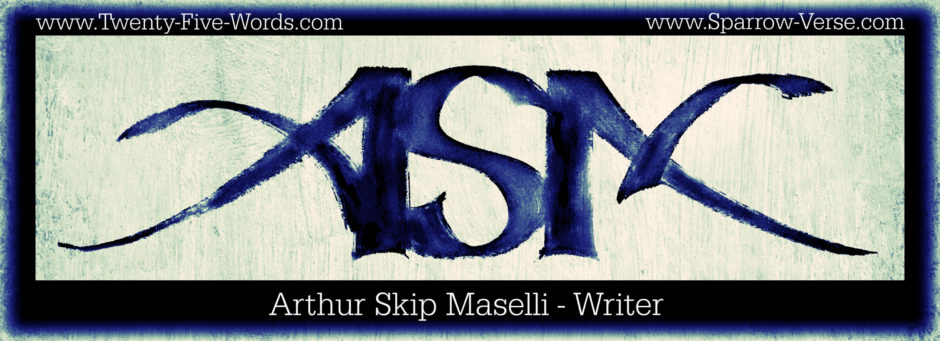Interesting video. A thousand years ago, we didn’t live until 80 years old, population was under control, and human discovery was in the early stages of exponential growth, which continues to accelerate. If Darwin is right (and he is), humans will evolve imperceptibly closer to being able to thrive in an austere environment and more crowded spaces – the hierarchy of the species will change with longer lives. The paradox is that a prolonged life might actually kill us.
The paradox seems logical actually – every life’s journey is a march toward death. But “how we die” (whether stress or natural cause – if you differentiate the too) also evolves with our ability to survive longer. Have our advancements in foods, medical technology, weaponry, and manufacturing outpaced the evolution of our emotional and mental capacity to handle a longer life. The capitalism of evolution – it’s not the quality of life, but it’s length. The talus of mining gold from the masses, the chaff sifted from the wheat, is made of stress, which becomes abundant – eventually exceeding our stores of wealth.
Life itself, in this changing environment, has become fertile grounds for stress to flourish, as the “new dominant species.” As man seems to be the most intricate (some call it “advanced”) species in terms its level of consciousness, self-awareness with others, and craft for emotional manipulation – we have perhaps un-naturally accelerated our own evolution and even misshapen that for all species. Since stress is our offspring – how do we correct its course?
Imagine trying to make a vase on a wobbling potters wheel…the clay is disproportionally distributed and centrifugal force causes the form to collapse in our hands. The wheel of life is wobbling out of control; the Hopi Indians call this, koyaanisqatsi. What makes us unique from the Baboons is a profound awareness of where we come from and where we are heading – and the capacity to do something about it. We can true the wheel of life, one spoke at a time.
As the video closes, the researcher offers that correcting the course of stress is one of regaining the balance between “giving” and “receiving.” He and others understand that the dynamics of social hierarchy and the stresses both imposed and felt between its layers, comes full circle to effect all levels within the environment in time and space (us here and now and our posterity). The video suggests that we recreate our environments to not just prevent stress, but to take the time to see our environments as they are, just “differently.” If you don’t like the view, change your perspective…see the cities as a verdant forest of waving trees, the tides of love and strife in the world as “seasons,” and the malfeasance of others as minor squalls in natures magnificent storms.





